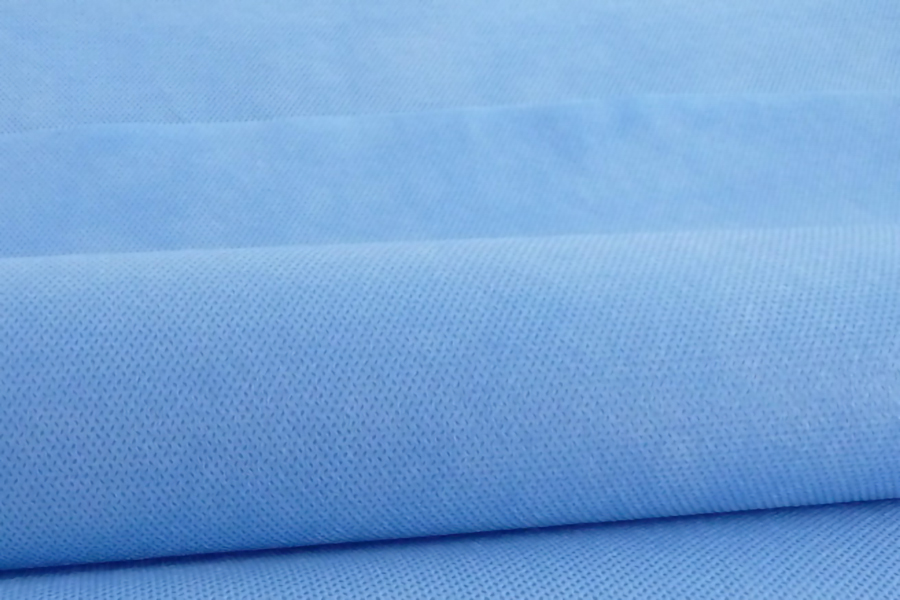The structure and arrangement of fibers in
spunbonded nonwoven fabric play a crucial role in determining its strength, durability, and dimensional stability. Here's how:
Orientation and Alignment:
The orientation and alignment of fibers within the fabric influence its mechanical properties. In spunbonded nonwoven fabric, the fibers are typically oriented in a random or semi-random fashion.
Random fiber orientation contributes to isotropic mechanical properties, meaning the fabric exhibits similar strength and behavior in all directions.
Alignment of fibers along the principal stress directions can enhance tensile strength and tear resistance in those directions.
Fiber Entanglement:
Fiber entanglement refers to the interlocking and intertwining of fibers within the fabric structure. In spunbonded nonwoven fabric, fibers are mechanically bonded or entangled during production.
Fiber entanglement enhances the fabric's cohesion and stability, preventing individual fibers from shifting or migrating within the fabric.
Greater fiber entanglement typically results in improved tensile strength, tear resistance, and dimensional stability of the fabric.
Fiber Diameter and Distribution:
The diameter of the fibers used in spunbonded nonwoven fabric can vary depending on the manufacturing process and polymer type.
Finer fibers generally contribute to a smoother surface texture and softer hand feel but may sacrifice some strength and durability compared to thicker fibers.
The distribution of fiber diameters within the fabric can affect its overall uniformity, strength, and appearance. A more uniform distribution of fiber diameters typically results in a more consistent and predictable fabric performance.
Bonding Mechanisms:
The bonding mechanisms used to consolidate the fibers in spunbonded nonwoven fabric also impact its structural integrity and mechanical properties.
Thermal bonding, mechanical bonding (e.g., needle punching), or chemical bonding (e.g., adhesive bonding) can be employed to create bonds between fibers.
Proper bonding ensures that the fibers remain securely attached to each other, contributing to the fabric's strength, durability, and resistance to deformation.
Density and Porosity:
The density of fibers within the fabric, as well as the porosity or void space between fibers, influence its mechanical properties and breathability.
Higher fiber density generally results in a denser, more compact fabric with increased strength and resistance to tearing.
Controlled porosity allows for air and moisture permeability, making the fabric breathable and comfortable for certain applications such as hygiene products or filtration media.
